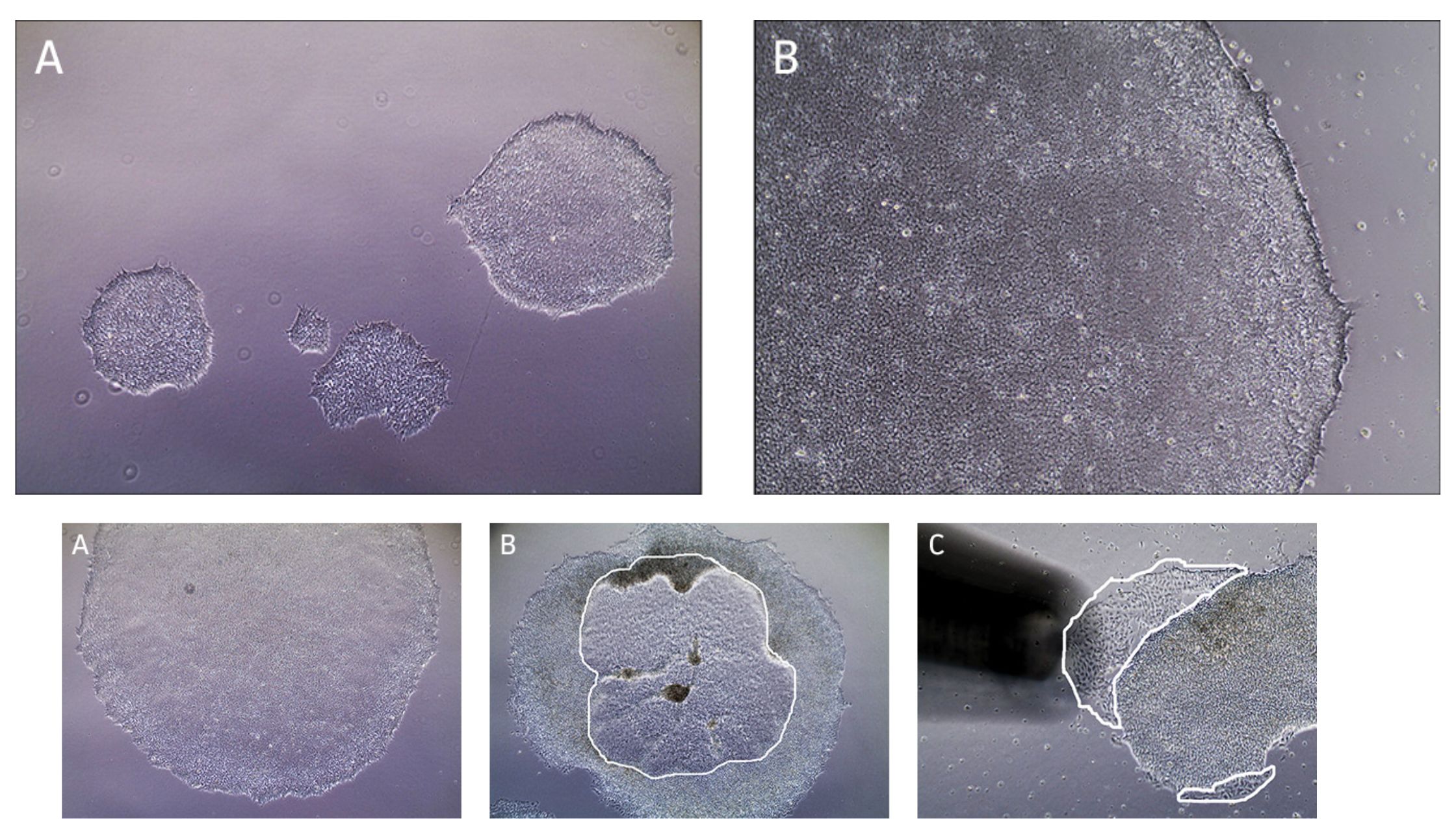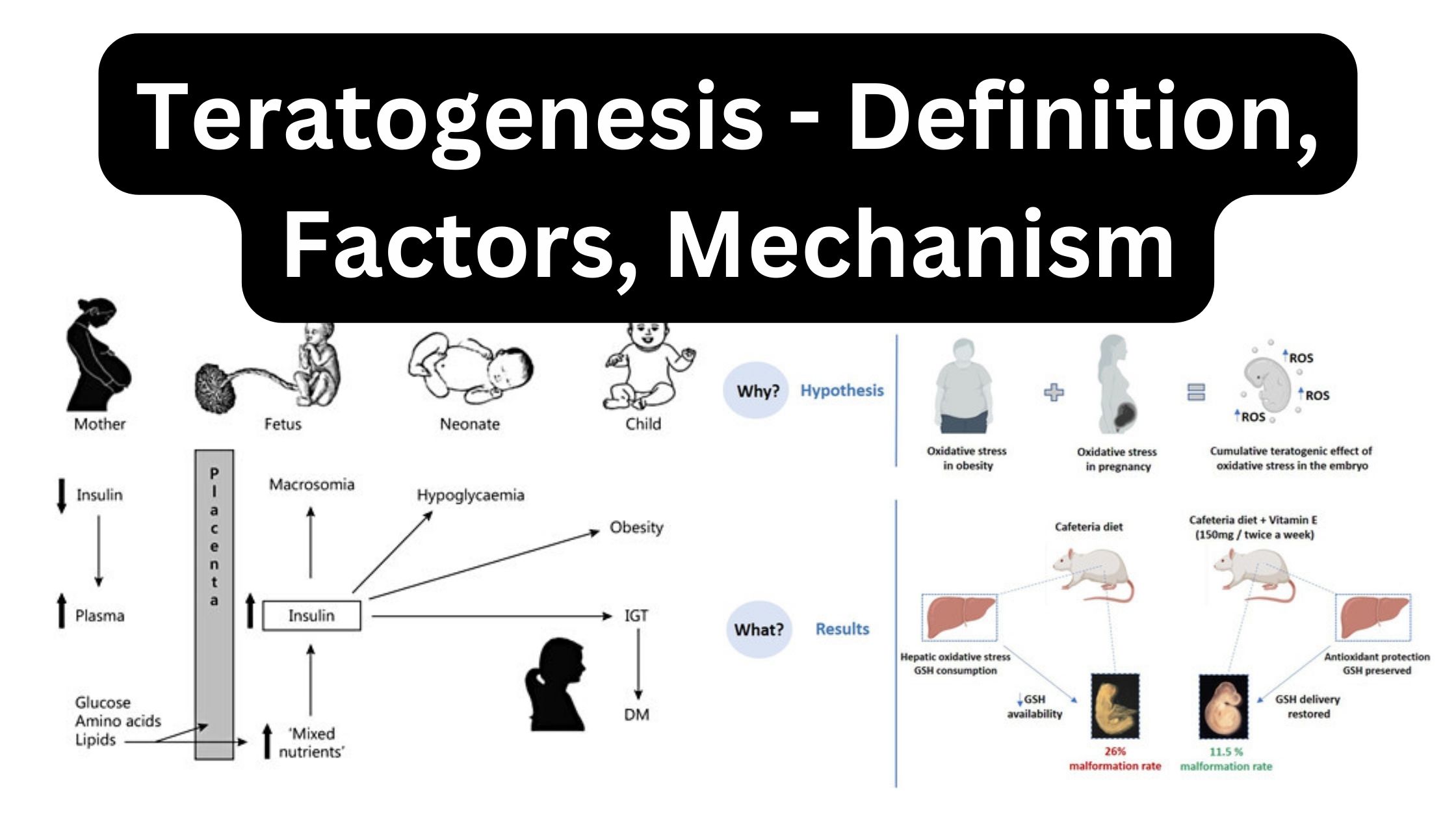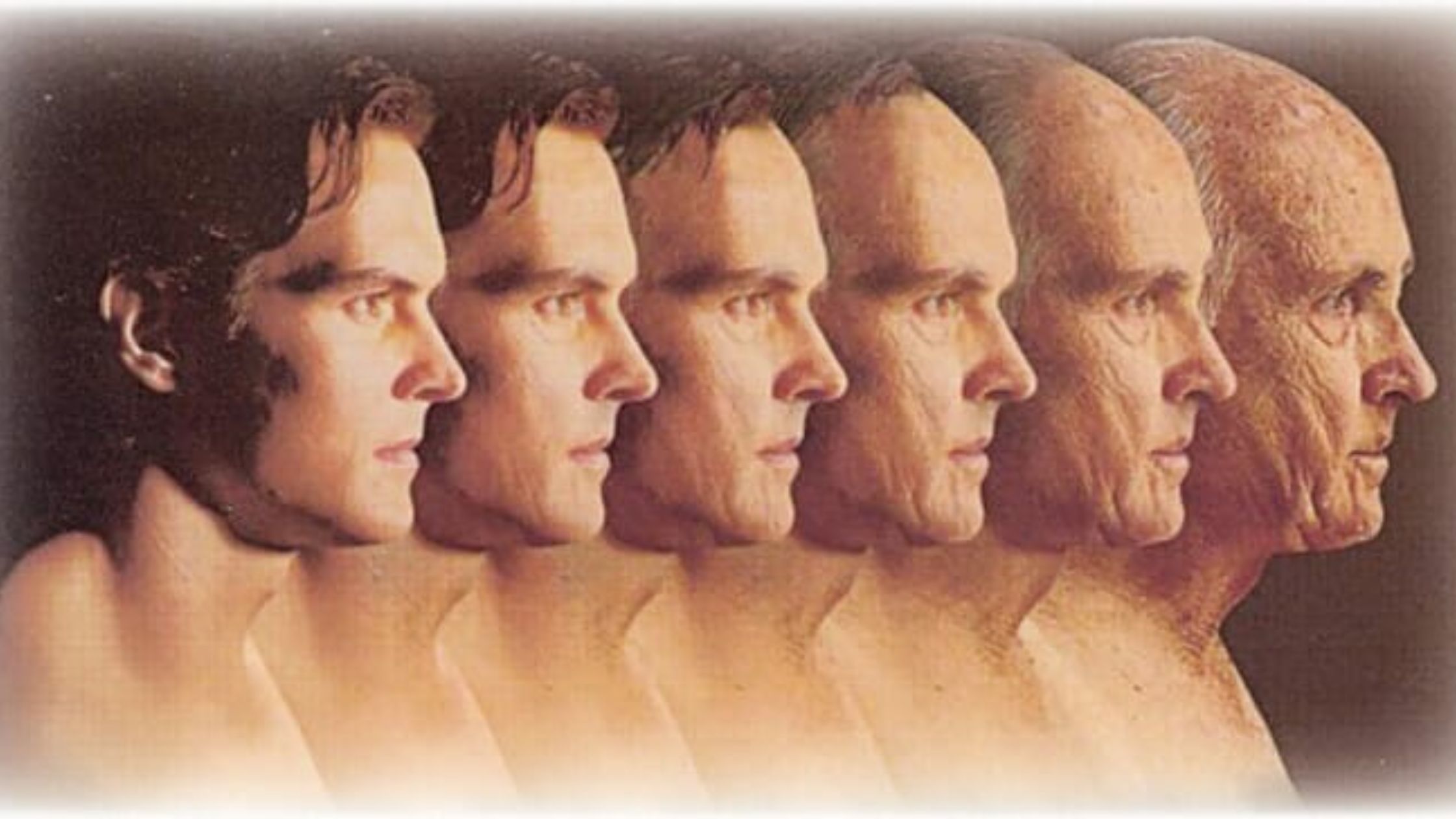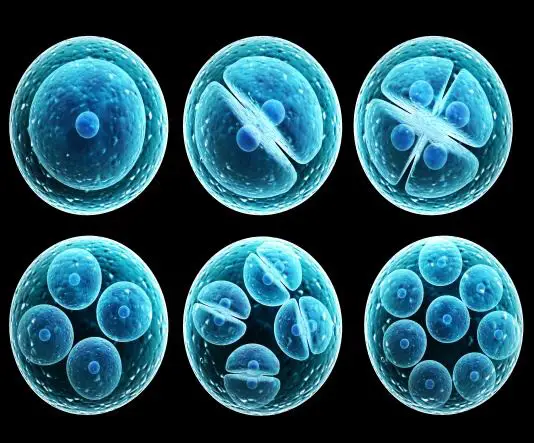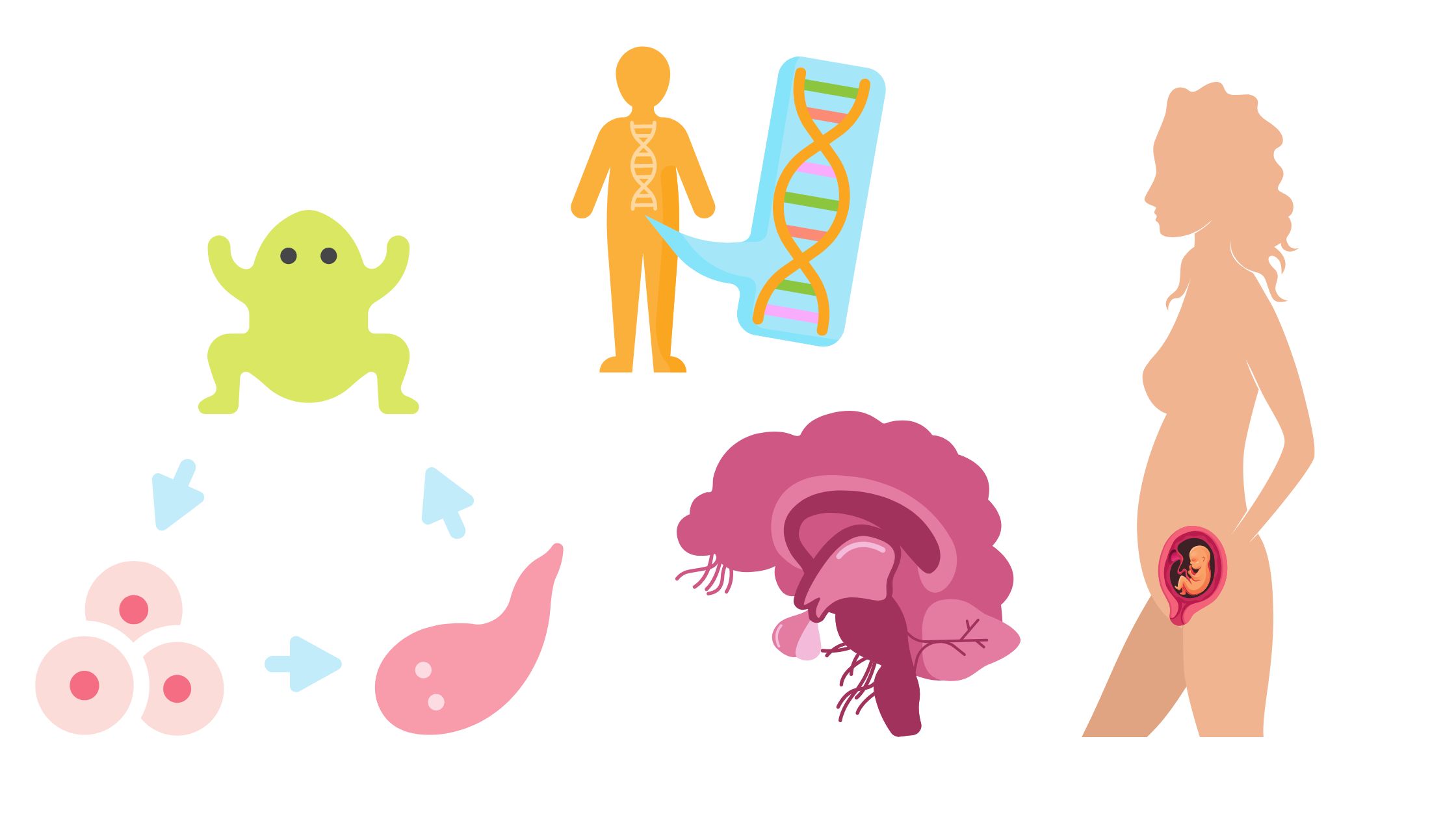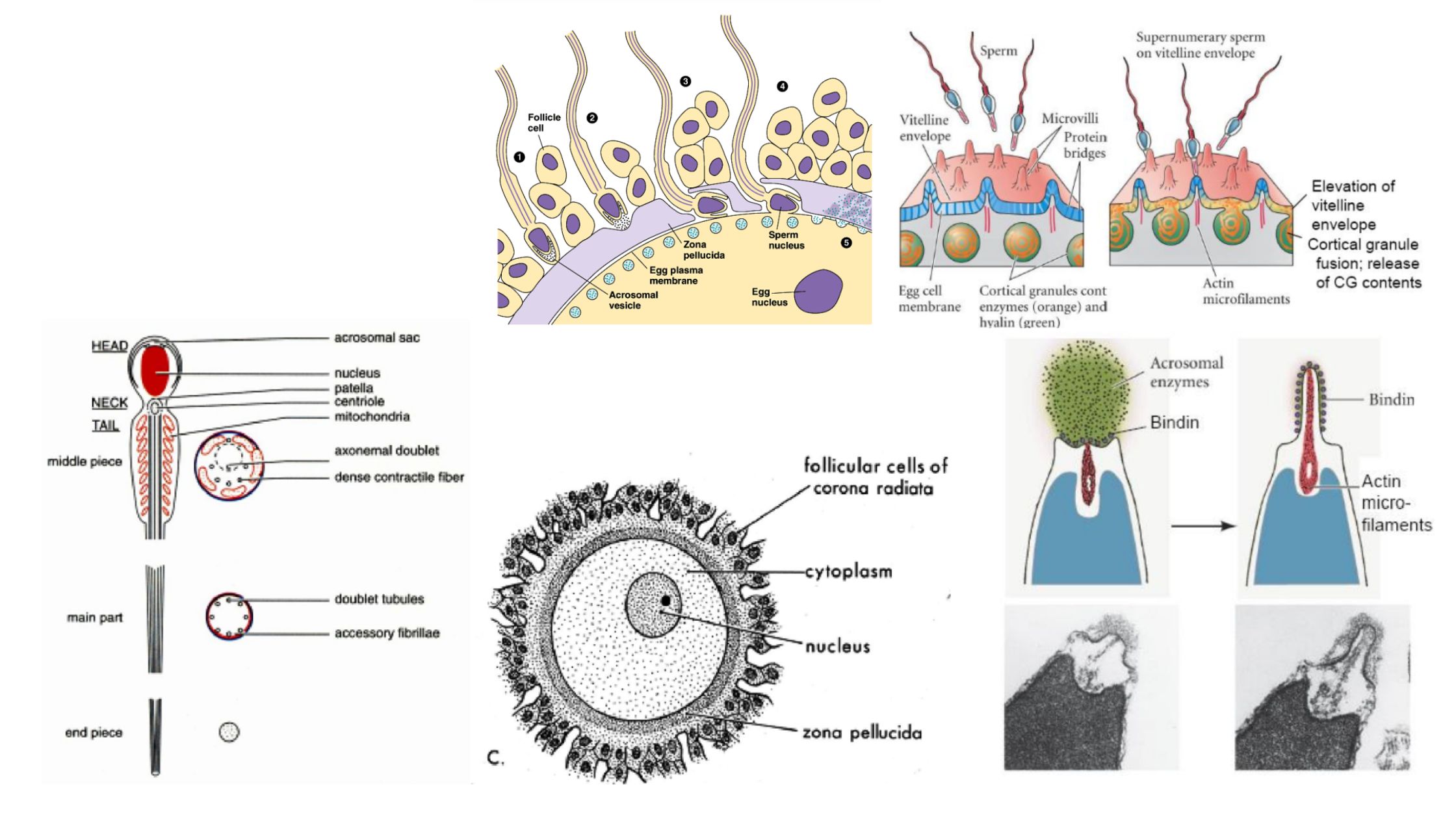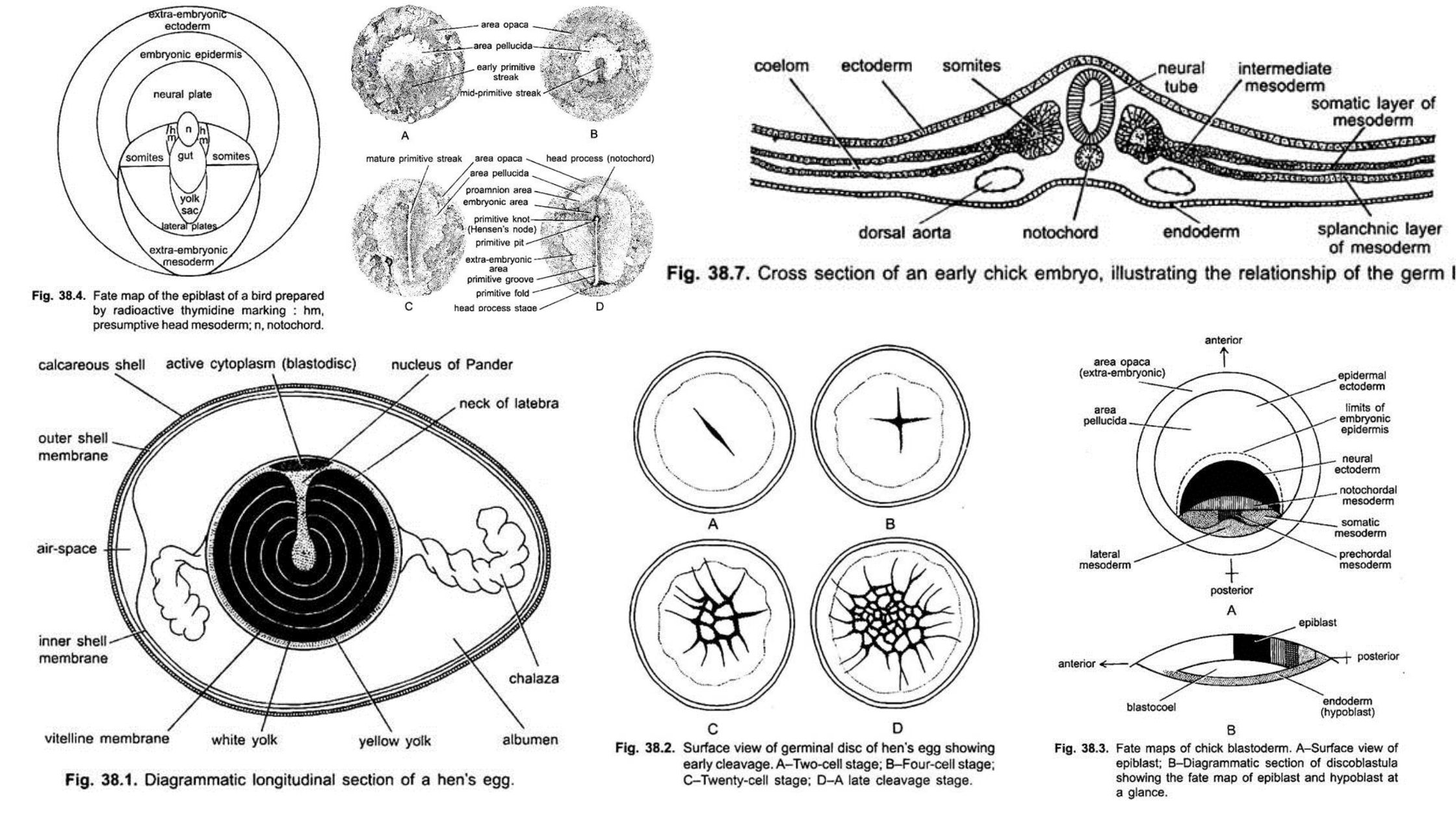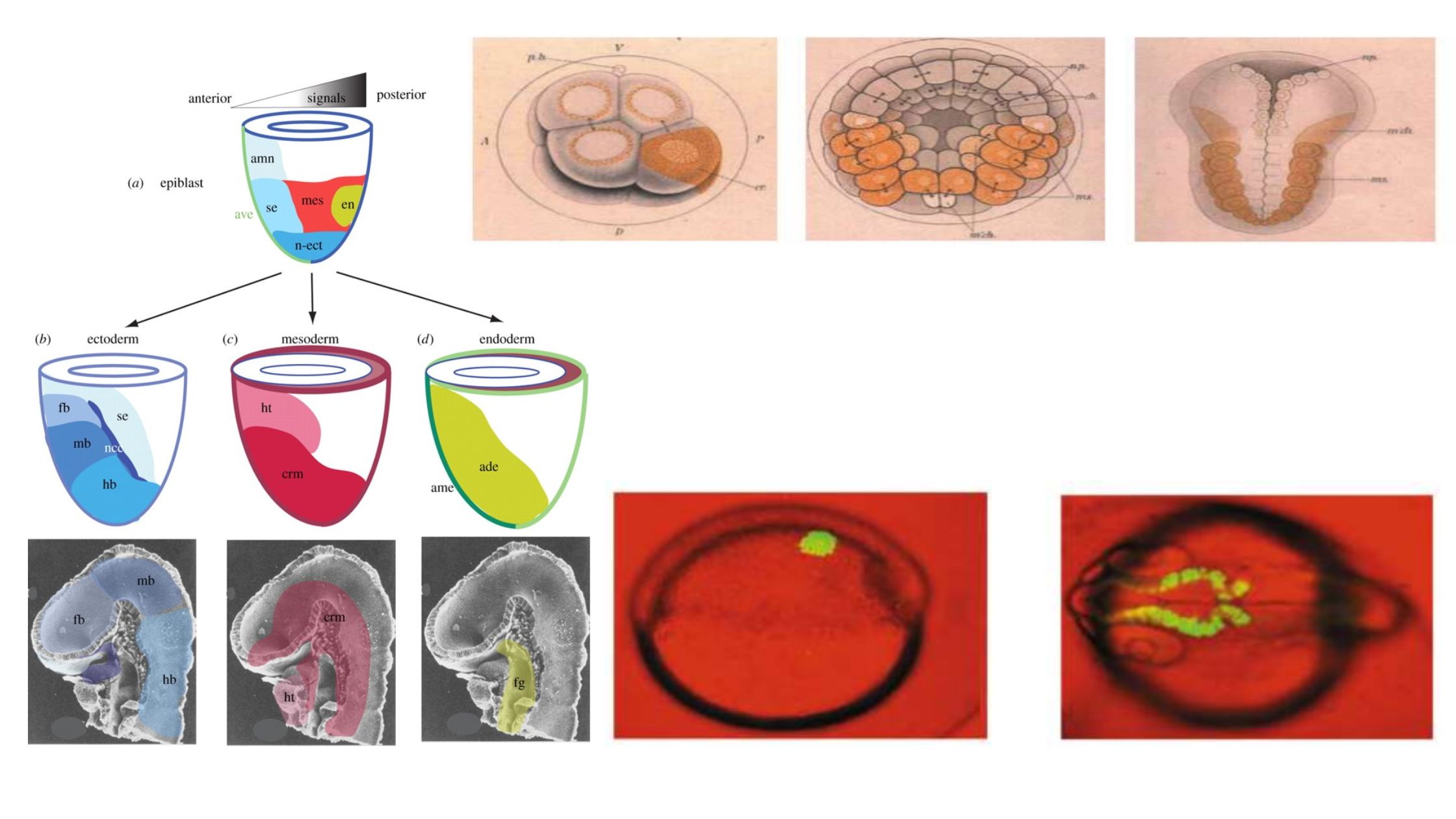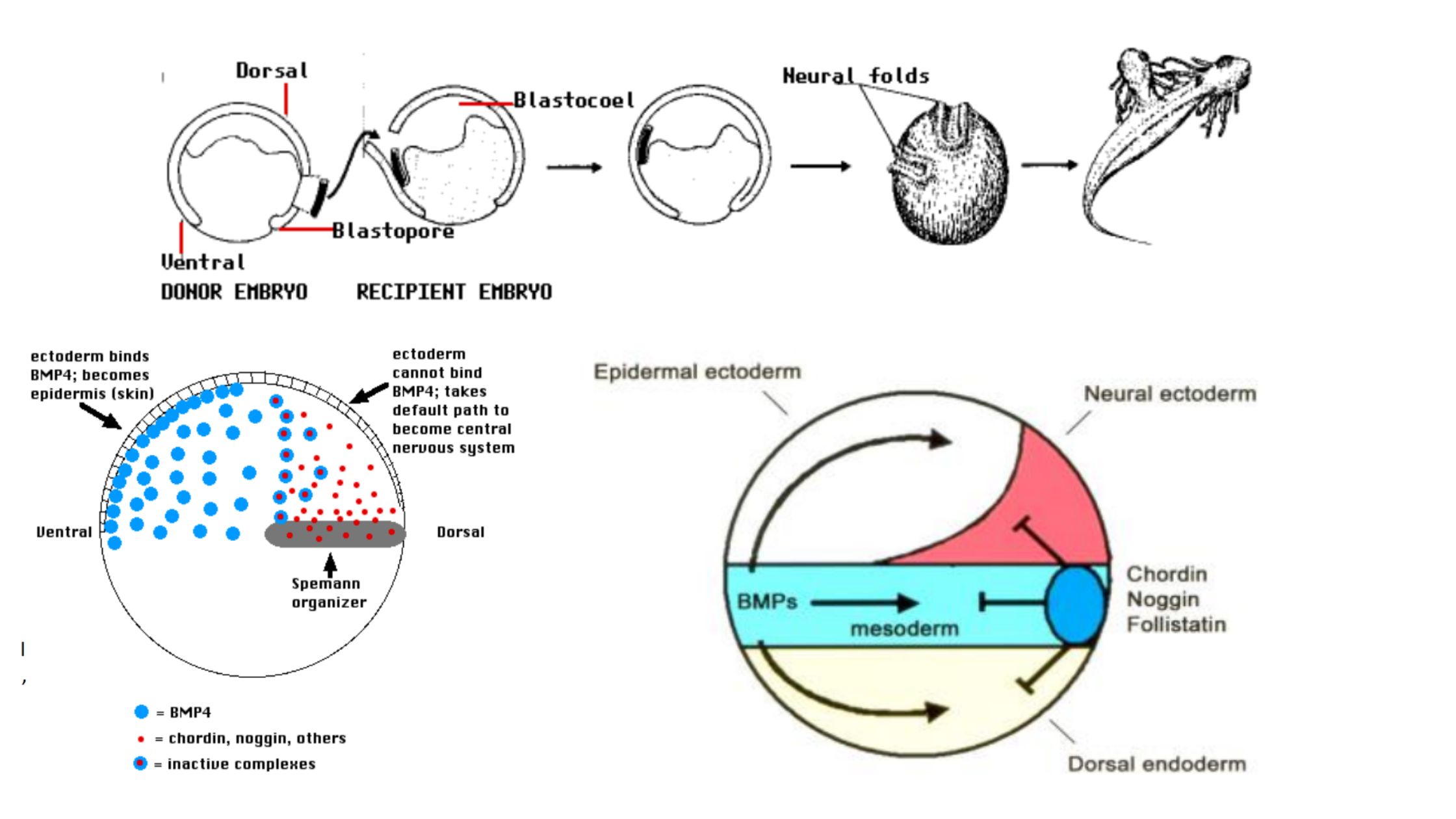Chemogeny or Chemical Evolution of Life
What is Chemogeny? 1. Origin of Earth’s Primitive Atmosphere 2. Formation of Simple Inorganic Molecules (Water, Ammonia and Methane) The formation of simple inorganic molecules, such as water, ammonia, and methane, played a significant role in the chemical evolution of the primitive Earth. During the early stages, when the surface temperature of the Earth was less … Read more

